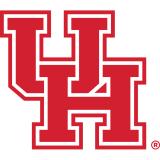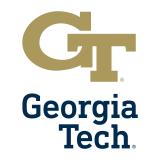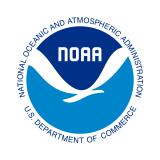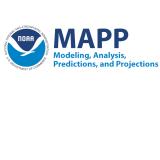Investigating Local/Remote Moisture Anomalies as Monitors/Predictors of Southwest U.S. Droughts

Atmosphere moisture is a critical factor for droughts, wildfires, and heat waves over the southwestern U.S.. Atmospheric moisture variability arising from the tropical oceans can be crucial for seasonal and long-term predictions of hydroclimatic disasters over the Southwest, but its role is not well studied.
This project will reevaluate the role of atmospheric moisture variability caused by the tropical oceans in the Southwest U.S. droughts from May–August and explore its application to monitoring and predicting Southwest U.S. droughts.
Specifically, this project aims to:
- Assess the performance of the latest NOAA Geophysical Fluid Dynamics Laboratory’s (GFDL) multi-scale forecast model SPEAR in simulating the moisture pathway and droughts over summer (May–August) in the Southwest U.S. Identify relevant areas for its improvement
- Understand how the moisture pathway contributes to the Southwest U.S. drought prediction in the North American Multi-Model Ensemble (NMME) system
- Explore the potential of satellite-based atmospheric moisture observations in monitoring and forecasting Southwest U.S. droughts within the National Integrated Drought Information System (NIDIS) Drought Early Warning Systems (DEWS).
This project is part of the MAPP/NIDIS-supported Drought Task Force V.
Research Snapshot
Honghai Zhang, University of Houston
Jie He, Georgia Institute of Technology
What to expect from this research
- Improved understanding of how tropical oceans affect Southwest droughts to better inform their potential long-term predictability and accordingly guide our efforts in forecast model development and long-term predictions.
- Quantitative knowledge of remote sources of moisture that affect the Southwest U.S. hydroclimate to better understand the predictive capability of moisture for sub-seasonal to seasonal, interannual, and decadal drought forecasts.
- Dissemination of results to communities involved in climate predictions (e.g., NMME) and the general public via publications, seminars, conference presentations, and educational outreach events, such as the STEM Saturday Zone program at the University of Houston and the Atlanta Science Festival at the Georgia Institute of Technology.






